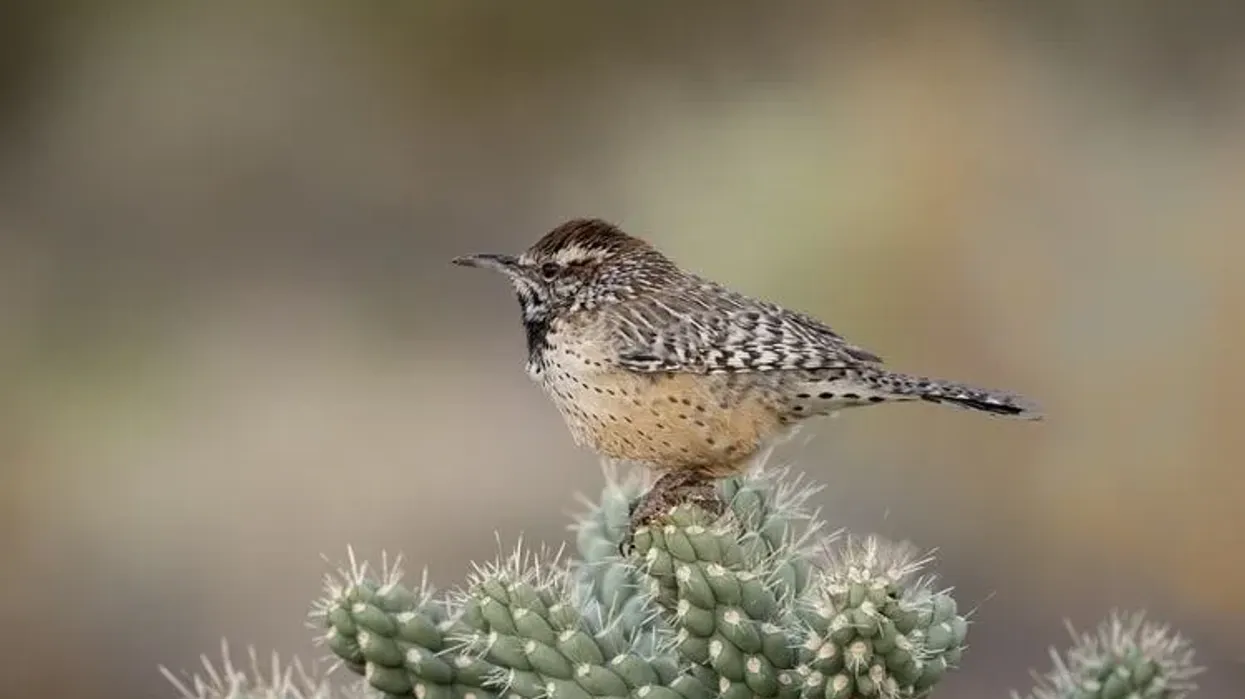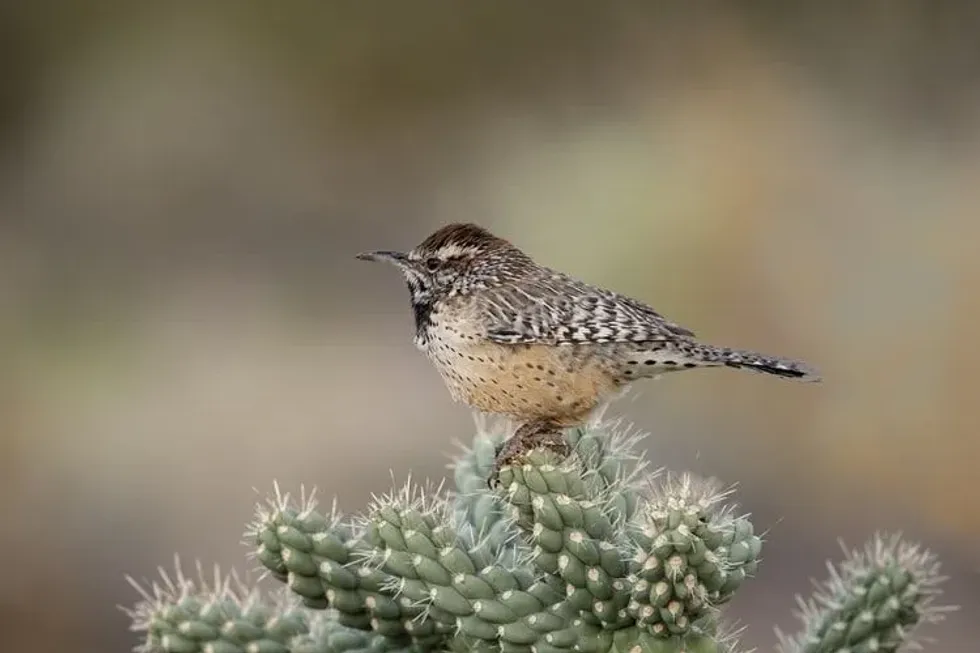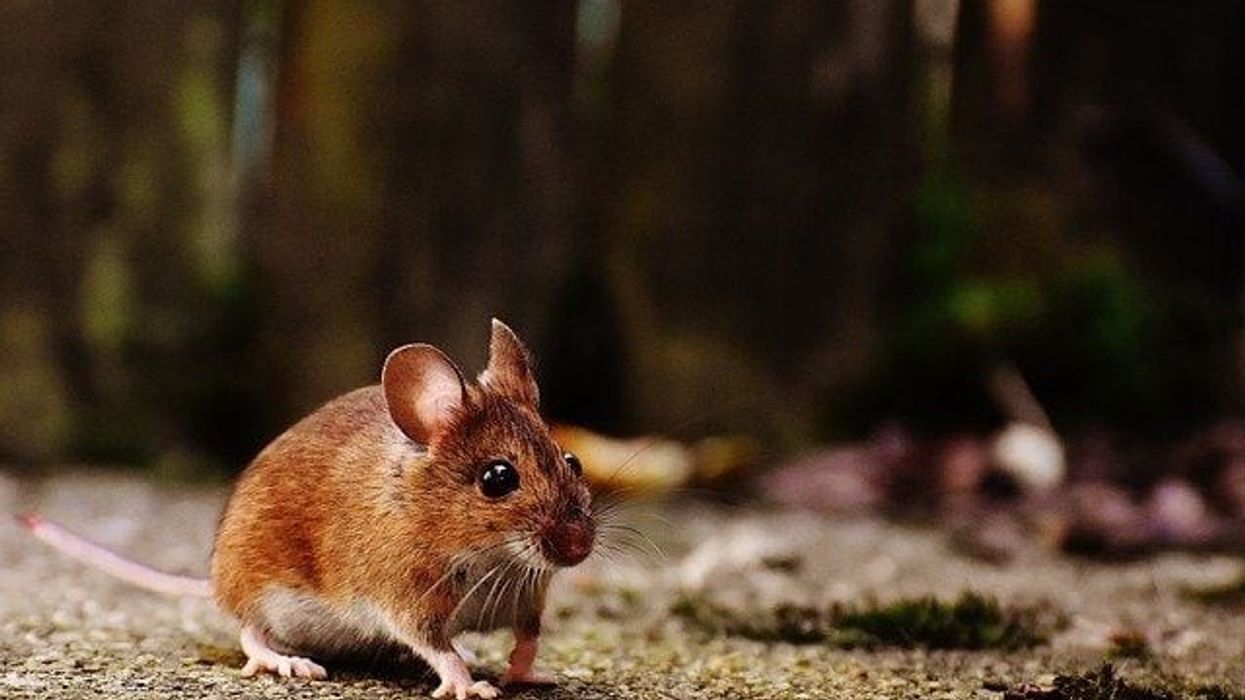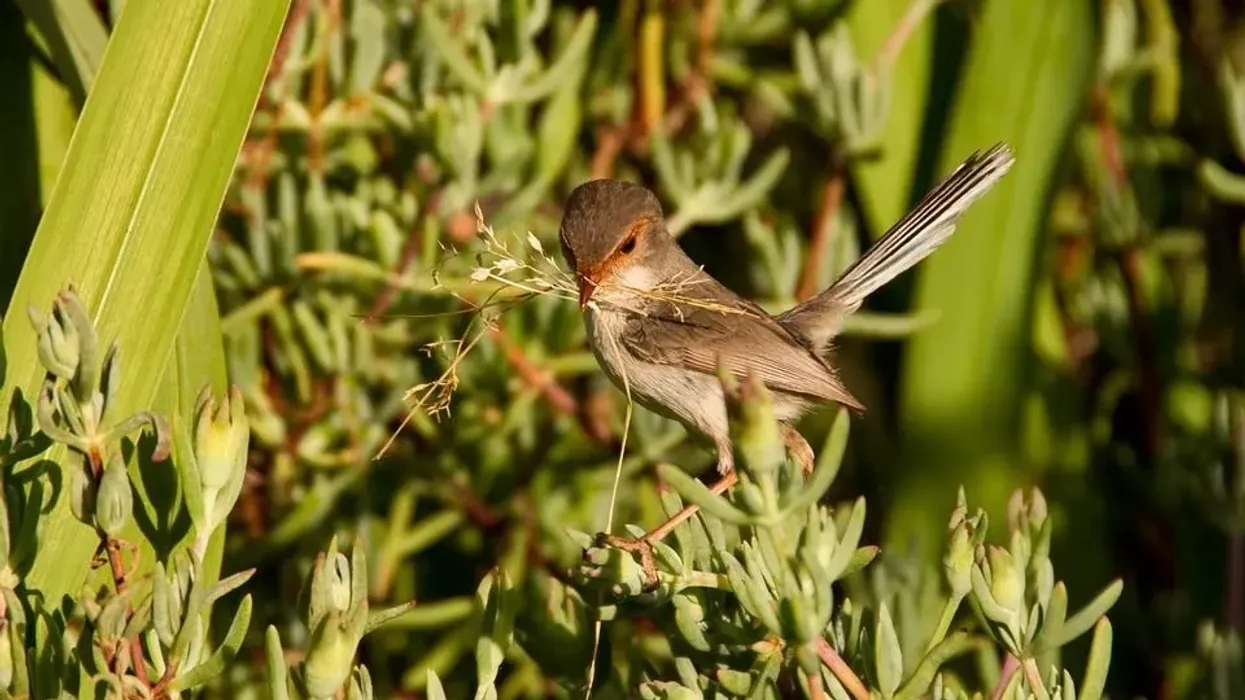The cactus wren (Campylorhynchus brunneicapillus) is one of the largest species of wrens found in arid foothills and deserts of chiefly different states of the U.S.A. and Northern and Central Mexico. It is the state bird of Arizona.
Some of the other American states where the birds are found are western Texas, southern California, southwest Utah, and southern Nevada.
The main distinguishing features of the Arizonian state bird are its white eye stripe and dark brown spots on its breast and throat. The most common predators for adult cactus wrens are foxes, coyotes, domestic cats, hawks, and bobcats.
Other predators include whip snakes such as coachwhips that can sneak into the nest chamber of the birds and devour the eggs or nestlings. The bird protects its eggs and nestlings by building its nest among cactus plants, using the spiky protection of the plants, and also this feature is where the bird derives its name.
It is omnivorous and eats fruits pulps, seeds, grasshoppers, and other arthropods form its food habit. The cactus wrens are monogamous and mate for life.
The females lay a clutch of 3-4 eggs at a time.
Though classified as Least Concern (LC) in the IUCN Red List, it is protected by the Migratory Bird Treaty Act. To know more facts about the cooling effects of the nest site, bill, food, habitat, greeting display, wings, and tail, brown cap, and tail spread then read this article.
If you like this article, you can also read our articles on winter wren facts and house wren facts for more.
Cactus Wren Interesting Facts
What type of animal is a cactus wren?
The cactus wren is a bird found in the United States and New Mexico and is the state bird of Arizona.
What class of animal does a cactus wren belong to?
The cactus wren belongs to the Aves class of the Animalia kingdom.
How many cactus wrens are there in the world?
According to IUCN sources, the current population of these species of wrens is estimated to be somewhere around seven million individuals. The population is not distributed evenly throughout their range, with more than half the population in Mexico, and the rest of the cactus wren in the United States.
Where does a cactus wren live?
Cactus wrens are found in arid foothills and deserts that have mesquite, yucca, cactus plants, and other types of desert vegetation.
What is a cactus wren's habitat?
The cactus wren can be found in the United States in the states of Arizona, western Texas, southern California, southwest Utah, southern Nevada, and north-central Mexico.
Who do cactus wrens live with?
Cactus wrens are usually seen in pairs or family groups. Pairs defend a permanent, year-round territory. Some other wrens include the Carolina wren, Pacific wren, and the sedge wren.
How long does a cactus wren live?
The average lifespan of cactus wrens in the wild is around 7-10 years.
How do they reproduce?
Cactus wrens are monogamous by nature. They form permanent pair bonds and defend their nests all around the year.
The mating season starts in late February and proceeds till June. The female species lay a clutch size of 4-5 brown speckled eggs.
The female birds incubate the eggs for about 16 days, while the male birds are involved in nest building and defending the nesting sites. The young birds are fed by both parents till fledging occurs at 19-23 days. The nests are built by the birds using the available ground litter.
Building the nests in the cactus provides some amount of protection from the predators for the fledglings. The birds also make use of these nests throughout the year as places to roost.
What is their conservation status?
The cactus wren (Campylorhynchus brunneicapillus) is not presently classified as an endangered or threatened species. According to IUCN Red List, these birds are currently listed as Least Concern (LC). However, like all songbirds, this state bird of Arizona is protected by the Migratory Bird Treaty Act.
Cactus Wren Fun Facts
What do cactus wrens look like?
Cactus wrens are large species of wrens with long, rounded tails; short, rounded wings; and long, heavy bills. These bird species have white stripes behind each of their eyes which extend to their upper backs.
The breasts and throats are heavily marked with black and dark brown spots, and the tail feathers and wings are of white, brown, and black colors. The beaks are slightly curved. The female and male bird look alike, but the chicks have brown eyes and are slightly paler in comparison.
How cute are they?
Baby cactus wrens are really cute and adorable.
How do they communicate?
Cactus wrens communicate through a series of vocalizations. Both the adult birds and the fledgling emit various types of calls.
Adults frequently make a buzzing sound to warn other birds when they detect predators. They also emit a staccato series of notes to warn intruding wrens. The fledglings give out a single 'chuck' like sound to communicate with their parents.
Males make a squeamish painful whine when female birds take over the nest to start nesting during the mating season. Males and females give a growl-like call when they encounter each other.
How big is a cactus wren?
The cactus wren (Campylorhynchus brunneicapillus) is the largest species of wren in the United States. The average size is between 7.1-7.5 in (18-19 cm).
How fast can a cactus wren fly?
No specific information regarding the flight speed of the state bird of Arizona is provided. However, these birds are weak fliers. They prefer to hop or walk when disturbed rather than flying away.
How much does a weigh?
Cactus wrens weigh between 1.18-1.65 oz (33.4-46.9 g) with an average weight of 1.37 oz (38.9 g).
What are the male and female names of the species?
There are no specific names for males and females of these bird species.
What would you call a baby cactus wren?
There is no definite name for a baby cactus wren.
What do they eat?
Grasshoppers, ants, beetles, and other arthropods, as well as seeds and fruit pulps, make up the diet of the cactus wren.
Are they dangerous?
No, the state bird is not known to attack humans and does not pose any threat to any ecological aspect that can harm human beings.
Would they make a good pet?
Cactus wrens are a good choice for pets since these songbirds do not require high maintenance and hence do not have high demands for being kept as pets.
Did you know...
According to ornithologists of the National Audubon Society, the song of the cactus wrens is a loud raspy chirrup that sounds similar to that of a car engine that refuses to start.
The state bird of Arizona does not need standing water. These birds get the bulk of their water from the food they eat and rarely drink free-standing water.
By using saguaro and cholla cacti for making nests, the cactus wren uses the spiky protection of the cactus fruits to save its nest from potential nest predators. The nests are built in a heavy, football-shaped manner with a slender, tube-like side entrance that provides additional protection by restricting entry to the nest chamber.
Why is the cactus wren important?
The cactus wren scatters potentially significant seeds of semi-arid plants through the ground litter they use in building nests. As a result, viable seeds get spread over long ranges in this way.
How did the cactus wren get its name?
This bird's common name comes from its regular use of desert trees such as cholla cactus for nesting sites, and its association with cacti for using the plants for seeking protection from predators and roosting.
Here at Kidadl, we have carefully created lots of interesting family-friendly animal facts for everyone to discover! For more relatable content, check out these lark bunting facts and victoria crowned pigeon facts pages.
You can even occupy yourself at home by coloring in one of our free printable cactus wren coloring pages.










